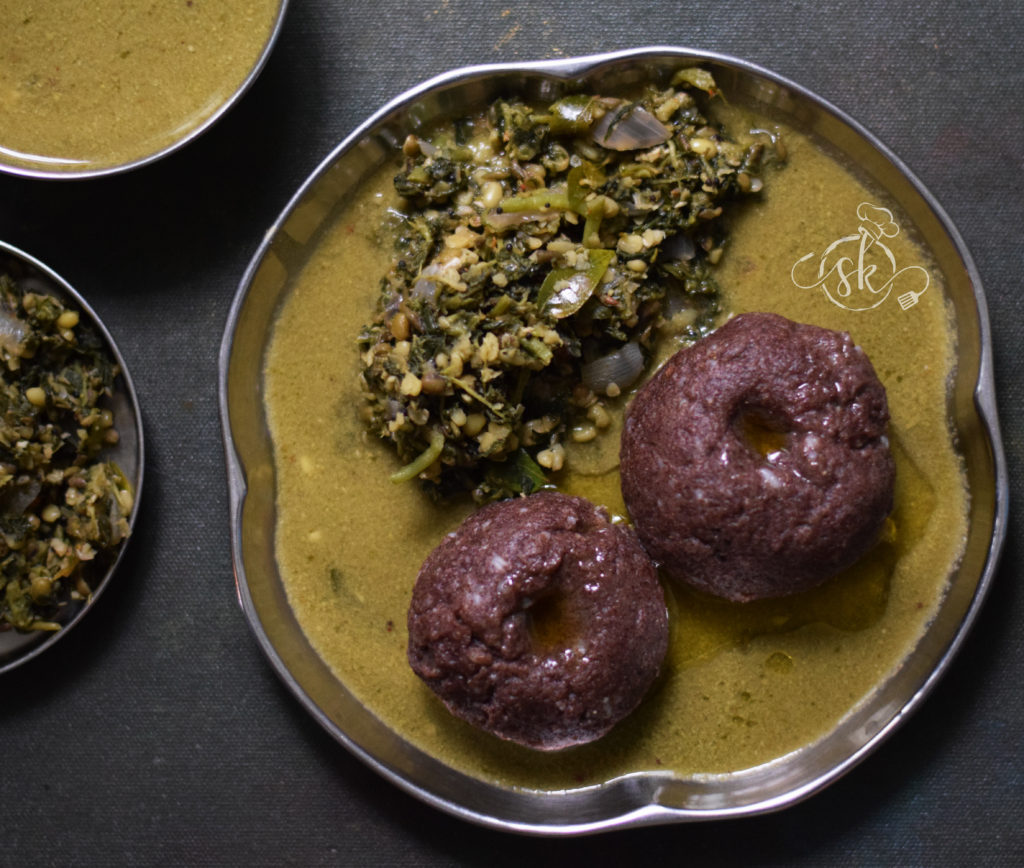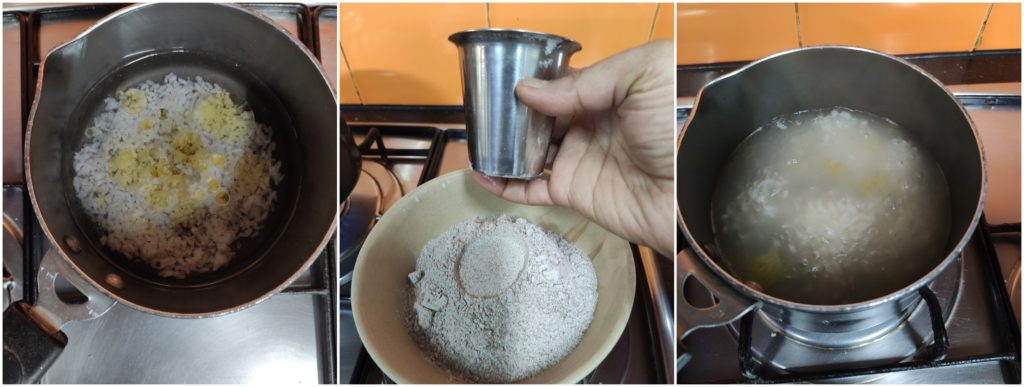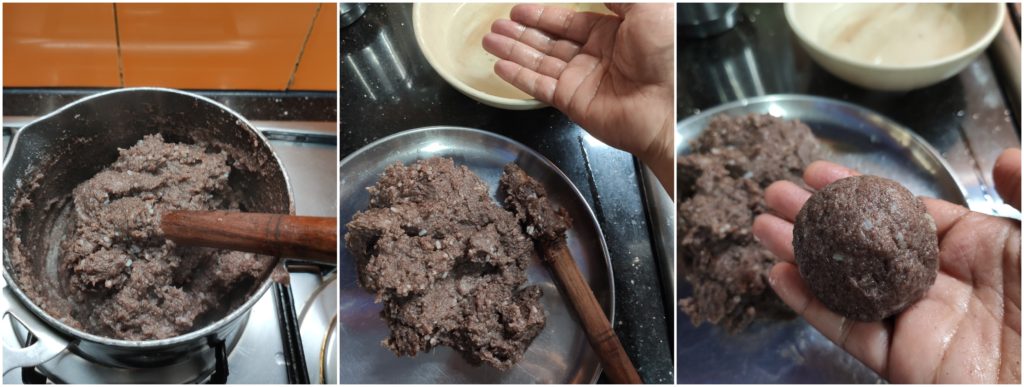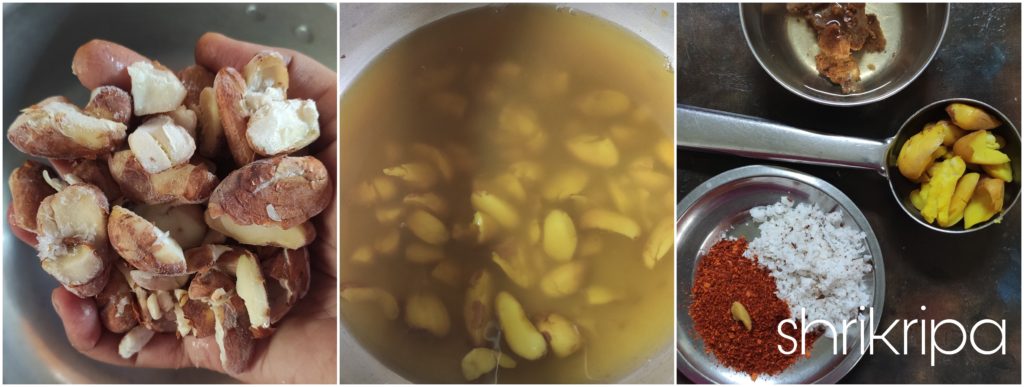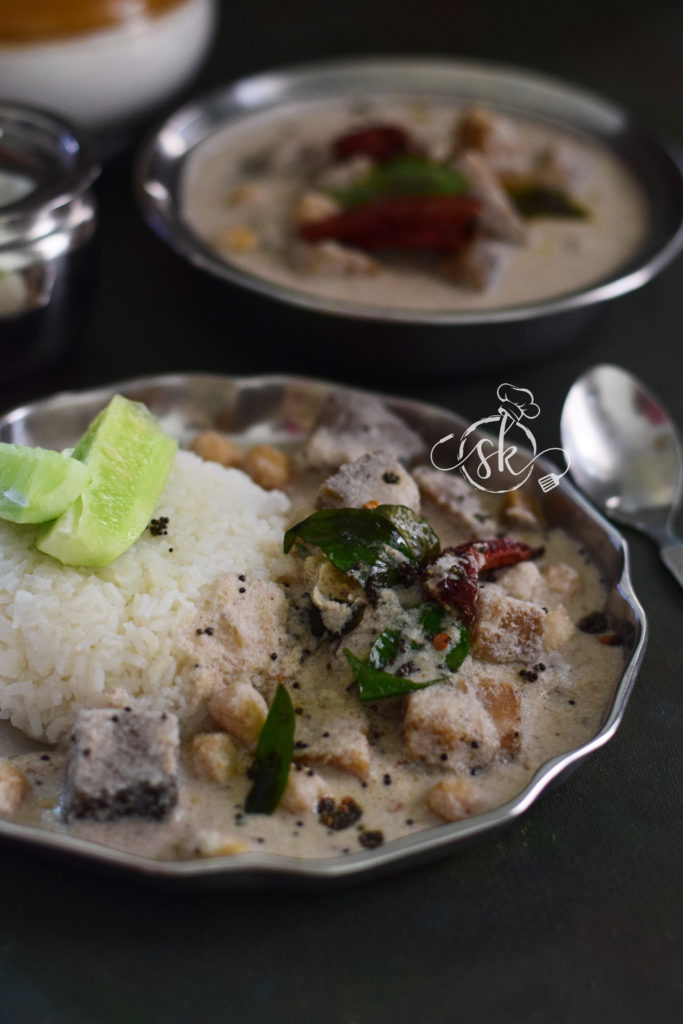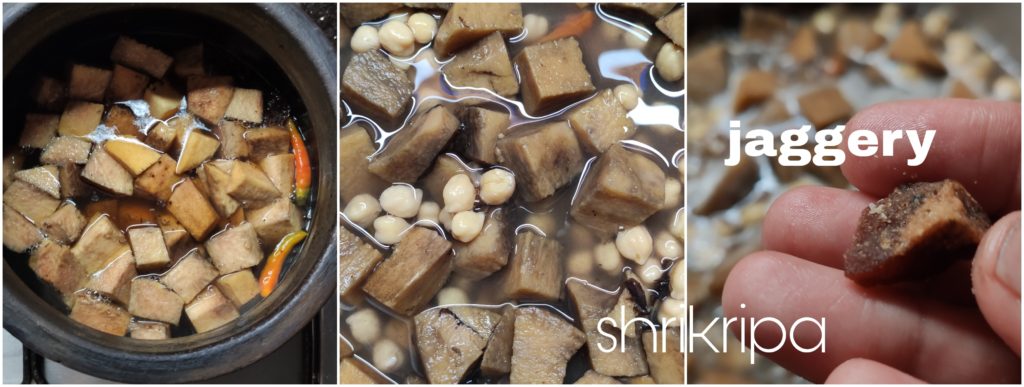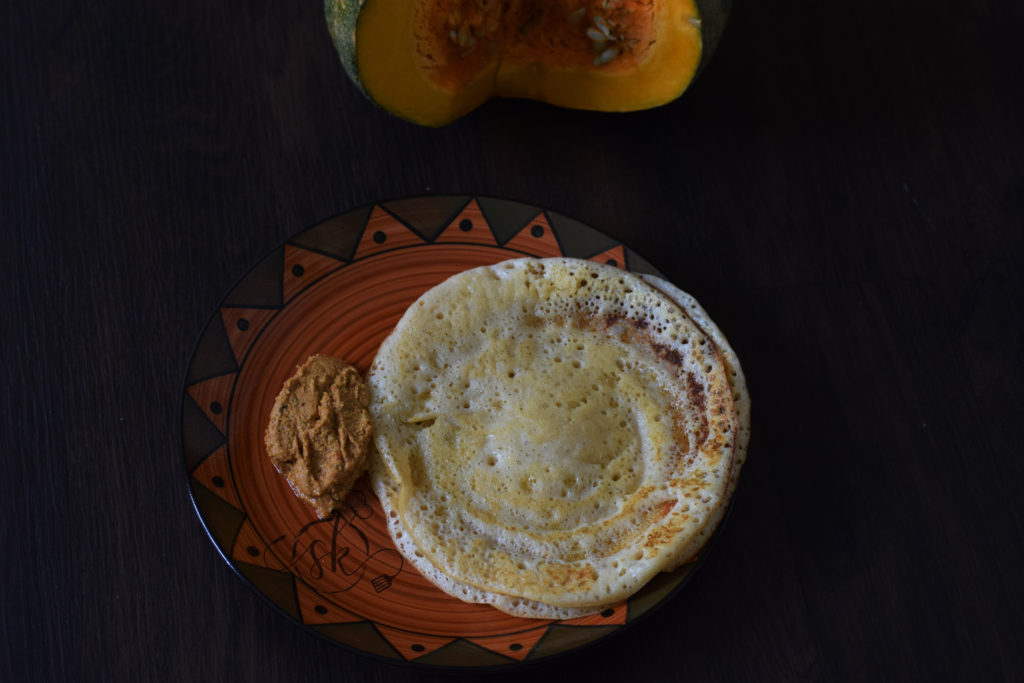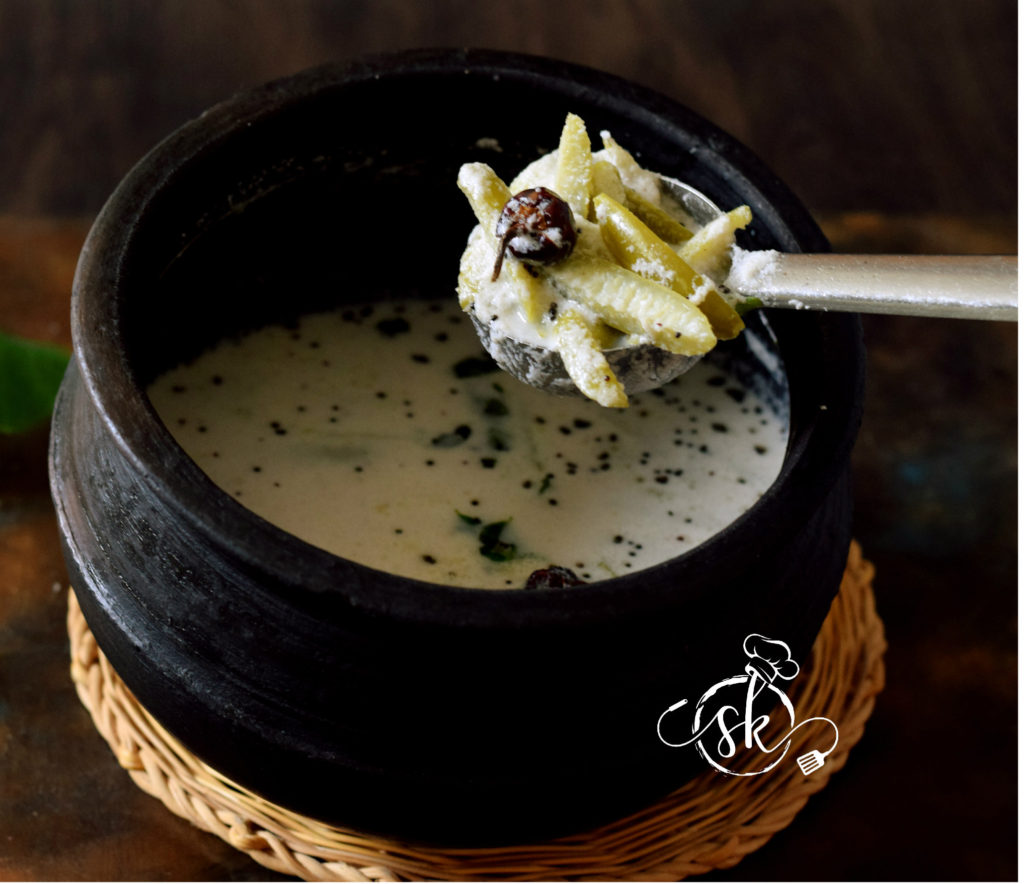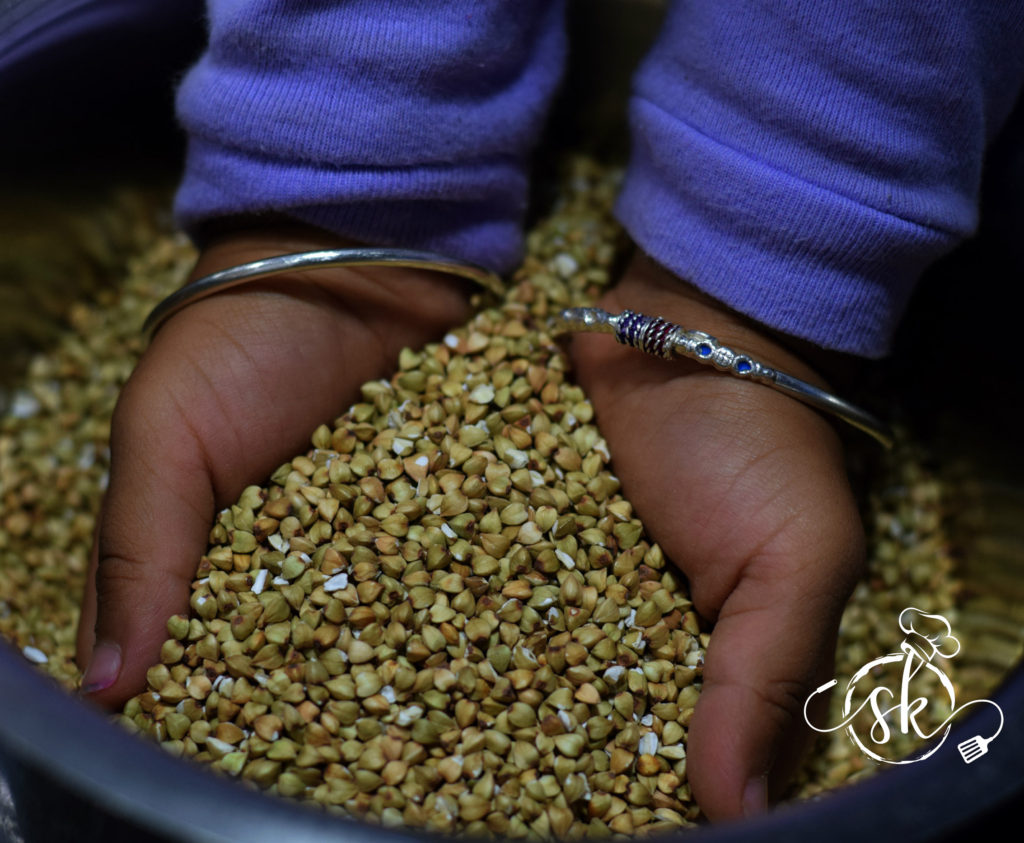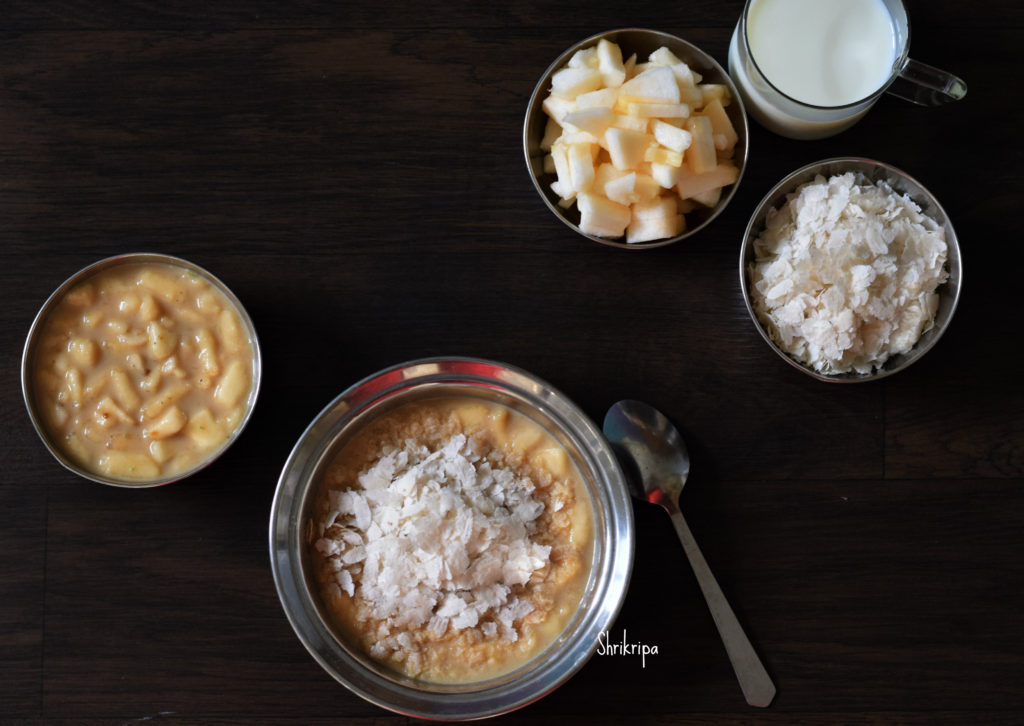Avarekalu or Avarekai is pure love for the people of Bangalore- Mysore region. These are seasonal beans available in and around Bengaluru between Nov and Jan., Also known as Hyacinth beans.
We relish Avarekai curry with dosey, a yearly affair at our home. Now, after tasting usli at our friends’ place, there is no looking back. I make it a point to prepare the same combo of vermicelli Uppittu and Avarekai usli.
Avarekai usli is versatile, and it can have it as a salad or with anything and everything.
To make a much-loved effortless dish, here is the method.

Ingredients:
Avarekai ( soaked and peeled one) – ¼ kg
Salt, turmeric
Coriander leaves – 1tbl sp (chopped)
Fresh coconut – 2tbl spoons
For seasoning:
Cold pressed oil – 1 tbl sp (as per your choice)
Mustard – 1tsp
Cumin- 1 tsp
Hing – one pinch
Green chilli – 1 (chopped)
Ginger – 1 tsp (juennile)
Curry leaves – 1 spring
Method:
-Cook Avarekai ( peeled dals) in water. When it froths, remove all the foam and discard. ( I would help to enhance the taste as well as to help to avoid bloating.
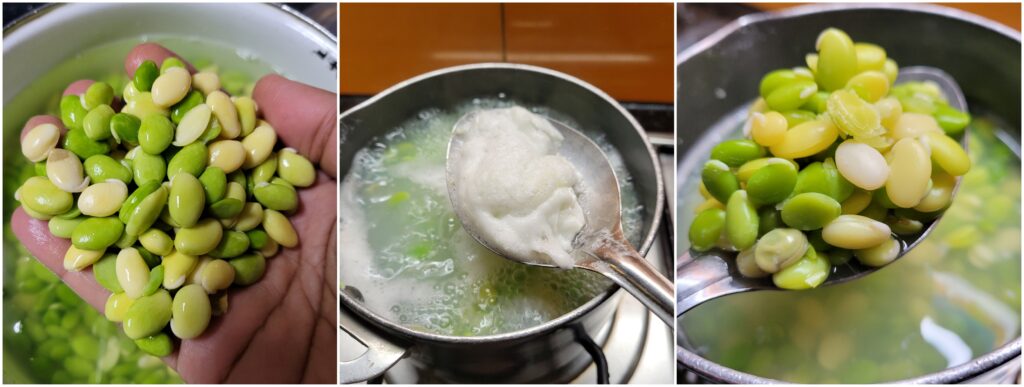
-When the dal becomes soft, switch off the gas and keep the vessel aside.
-Now, prepare the seasoning. Heat oil, splutter mustard, hing, cumin, green chillies, ginger, curry leaves, and turmeric and saute.
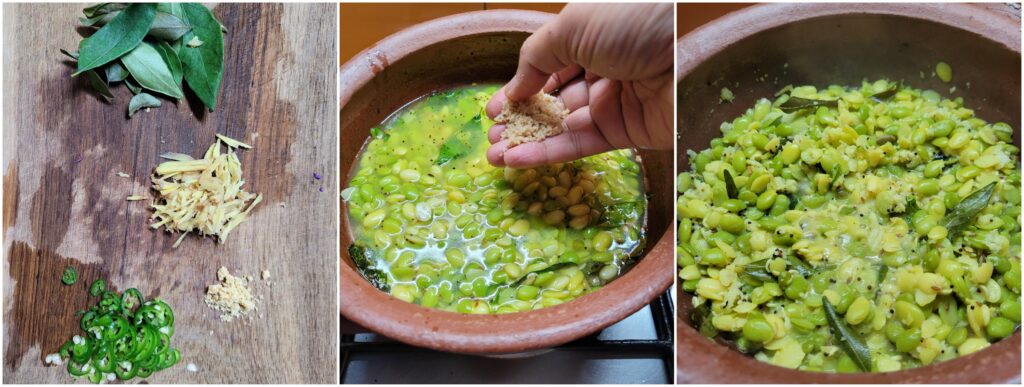
-Now, add the cooked dal with the remaining water. Add Salt and coconut and allow the flavour to seep by closing the lid. Garnish with coriander greens, and enjoy.

